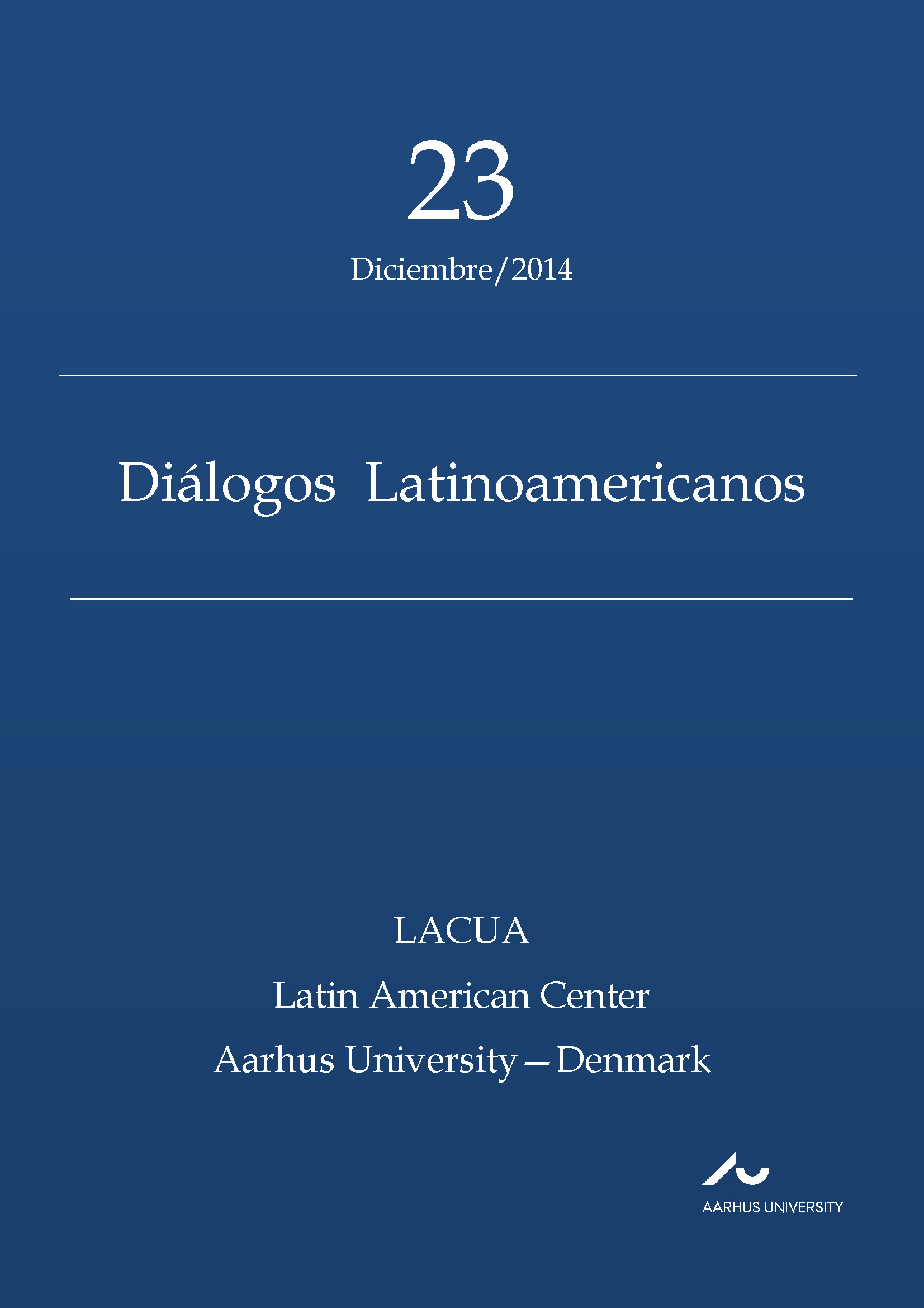Escola e estetização: Possíveis
DOI:
https://doi.org/10.7146/dl.v15i23.113126Keywords:
aesthetics, school, subjectivity, trainingAbstract
Abstract: Aesthetics, on this essay, is understood as a mode of existence which implies a set of attributes, values and perspectives/possibilities for action, without reducing to any such strongholds. Therefore, I reiterate the understanding that aesthetics, politics and ethics, even if specific fields and irreducible to each other, are inseparable. The aestheticization concerns the effects that the experience produces the consciousness that constitute the subject's self, of others and the world, that is, concerns the ways that the subject assumes the decisions you make, the judgments that gives at attitudes that performs at the choices they make, the ideas you have, the conclusions we reach. The aestheticization has close relation with the experience leaves traces in the subject, so that it constitutes an affirmative answer (meaning reiterate, join or postulate) or negative (meaning prohibit, reject, discard) these criteria, principles and values. The school, in turn, is an agency of cultural production and reproduction. Your main goal while teaching institution, is to transmit knowledge, skills and abilities develop, produce tastes, subsidize arguments, disciplinary bodies and behaviors and cognitive-intellectual meet needs in populations that her access. Here I try to focus mainly functions educative, instructive and formative. Its operation is intended to ensure the homogenization of large groups of people in order to unify practices, habits, customs, values and ways of thinking. I call this form of the aestheticization induce or act upon the world and subject to lead them to a certain ethical performance and policy within the collective life. Examine the operations aestheticizing means school study how the operation of various devices takes the configuration of
References
Barran, José P. (1989) Historia de la Sensibilidad en el Uruguay, Tomo I. La
cultura Bárbara (1800-1860). Montevideo: Ediciones Banda Oriental.
. (1990) Historia de la Sensibilidad en el Uruguay, Tomo II. El disciplinamiento
(1860-1920). Montevideo: Ediciones Banda Oriental.
Chervel, André. (1998) La culture scolaire – une approche historique. Paris: Belin.
Foucault, Michel. (1974) Historia de la sexualidad. Madrid: Fondos de cultura.
Hermann, Nadja. (2010) Autocriação e horizonte comum: ensaios sobre educação
ético-estética. Ijuí: EdUNIJUÍ.
Maillard, Chantal. (1998) La razón estética. Barcelona: Ed. Laertes.
Meneses, Ulpiano T. Bezerra de. (2003) Fontes visuais, cultura visual, história
visual. balanço provisório, propostas cautelares. Revista Brasileira de História.
São Paulo, v. 23, nº 45, 11-33.
Pereira, Marcos Villela. (2011) Contribuições para entender a experiência estética.
Revista Lusófona de Educação, v. 18, n. 18, 111-
Pineda, Pablo y Di Pietro, Susana. (2008) Aseo y presentación: un ensayo sobre la
estética escolar. Buenos Aires: Edición de autor.
Rancière, Jacques. (2002) La división de lo sensible. Salamanca – Espanha:
Consorcio de Arte de Salamanca.
Stolniz, Jerome. (1960) Aesthetics and the Philosophy of Art Criticism. Boston:
Houghton Mifflin.
Downloads
Published
How to Cite
Issue
Section
License
Counting from volume 31 (2022), articles published in Diálogos Latinoamericanos are licensed under CC-BY 4.0. Read more about the license terms here https://creativecommons.org/licenses/by/4.0/.
No Creative Commons license applied on volumes 1-30. All rights reserved by the authors. Readers may download, read, and link to the articles, but they cannot republish the articles.
With the publication of volume 31 (2022), authors retain the full copyright to their articles and give Diálogos Latinoamericanos the right to the first publication. Authors also retain copyright to earlier versions of manuscripts, such as the submitted (pre-print) and the accepted manuscript (post-print).
Copyright to articles published in volumes 1-30 is held by the authors.





